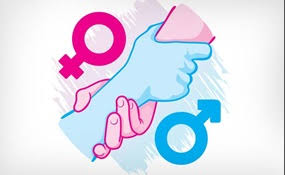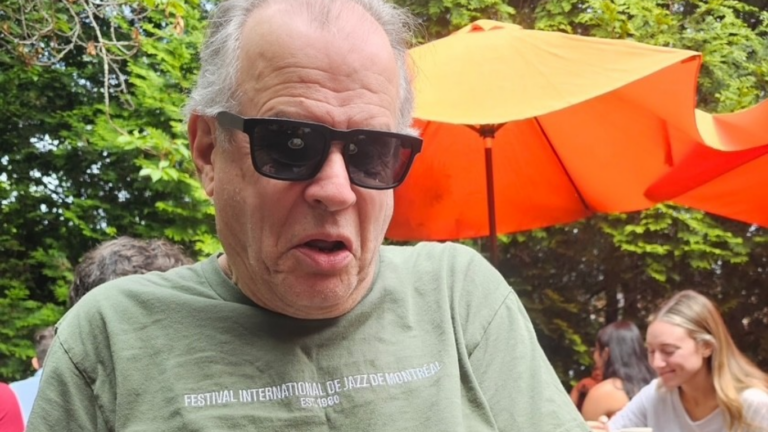 With the news swirling around about the latest accusations of predatory behavior by men and their consequences, it begs the question. What if men and women were really considered equals? Our constitution says we are equal, yet with all the evidence of problems that suggest otherwise, it’s hard to understand what true equality would mean.
With the news swirling around about the latest accusations of predatory behavior by men and their consequences, it begs the question. What if men and women were really considered equals? Our constitution says we are equal, yet with all the evidence of problems that suggest otherwise, it’s hard to understand what true equality would mean.
In the 1970’s I marched in Washington, DC for the Equal Rights Amendment, which was first introduced in 1923 to amend the constitution to legislate women’s legal rights beyond voting. It passed Congress in 1972 and was sent to the states for ratification within 10 years. A conservative backlash against feminism resulted in the 27th constitutional amendment failing to be approved. 31 states had passed the amendment, not the requisite majority of 38.(1)
Since then, the Federal government and states have adopted legislation protecting women’s legal rights. Currently, the spirit of the Equal Rights Amendment is written as “Equality of rights under the law shall not be denied or abridged by the United States or any State on account of sex.(2)
Legally women’s rights are protected, but there is clearly still a problem. When one sex is assumed to be “elite” over the other there is a chain reaction of consequences. We’ve been dealing with them for so long, it’s hard for any of us to understand it’s staggering impact across the world.
This hit me as I was reading a passage in the autobiographical book, Lightingbolt, by Hyemeyohsts Storm, a Native American. This book chronicles his years of study of the ancient Indian spiritual and healing traditions with his teacher, Estcheemah, a powerful female “Zero Chief” of Mayan decent. Her knowledge of the circle of life’s interlocking Medicine Wheels had been passed down since the Mayans and before.
Estcheemah offers a starkly different perspective from a time when men and women were considered equals. Estcheemah, in a lesson to Lightingbolt says;
“The original Earth Sun Dance Lodges had women and men both as Chiefs and participants… Discrimination between the sexes would not have been comprehended.”…
“She pointed out to him that some of his religious beliefs and personal attitudes about women were elitist – that he believed that because he was a male he was above all females.
“In our present culture the elite human is never a woman. Only the man is the elite. The prevailing belief teaches that all males are the elite and “God” has decreed that all women are beneath men and are subhuman and never can become the elite.
“This kind of belief invites other kinds of elitism and beliefs. For if women can be subhuman, then whole races of people can be subhuman.”
“For the elitist, the Female Earth is dead matter. They believe that anything can be done to Earth and be hidden from Creation.” (3)
These passage and others like it have raised more questions than answers for me. The best I can offer is the following series of questions for us to consider and explore.
When did men and women stop being considered equal?
Was it a consequence of moving from hunter-gatherer societies to an agrarian society, as suggested by Mark Dyble, an anthropologist who led a study with the University College London? He examined genealogical data from two hunter-gatherer populations, one in the Congo and one in the Philippines. His research shows evidence that there was equality between the sexes with a clear division of labor up until agriculture rewarded the accumulation of goods and trade that was more male dominated. (4)
If the change in equality can be marked by the advance of agrarian societies, that was 10,000 years ago.
What has been the role of religion?
As we know, the Catholic Church has historically and continues to designate the roles of God, Lord, Priest and Bishop to males. In the Protestant faiths, it has only been in my life time that women have been sanctioned to have leadership roles.
In American Indian spirituality, the notion of god was a dual male and female figurehead, each with very specific functions. In Ancient Egypt, god took both male and female forms, who were equally powerful. The same has been found in African tribes, as I witnessed in the Volta Region of Western Ghana. In that culture, I experienced the contrast that an assumption of women’s power in spiritual practices had in enhancing their social equality.
The impact of spiritual equality or inequality between the sexes sends a powerful message.
Other Questions to Consider:
· Why have we allowed religion to strip away the power of women?
· Why has this social and spiritual inequity gone unchallenged for so long?
· Would we be less domestic violence, rape and predatory behavior with equality?
· Would equality help us be more respectful toward our natural environment?
· What can we each do to highlight this issue for greater exploration and understanding?
Raising these questions is simply a first step to opening our minds to a truth that humans haven’t always lived with the extreme judgement and inequality between the sexes. It allows us to consider our own actions as we participate in perpetuating beliefs and behavior that continue prejudicial social and spiritual norms.
I’m exploring a facet of this concept in a workshop I’m conducting this coming Friday, December 8th at Centered from 6:00-8:00. In the 2017 Manifestation Review, we’ll review this year’s accomplishments to see what positive energetic potential is wanting further expression. To bring things into creation, it takes equal aspects of feminine and masculine qualities from our spirit, mind and body. As in all creation – both genders are needed. Which female or male aspects might you be needing? For more information and to register, go to my Facebook page, Spectrum Transformation or call Centered at 859-721- 1841. I’d love to include you!
References
1. Equal Rights Amendment: http://www.history.com/this-day-in-history/equal-rights-amendment-passed-by-congress
2. Ibid
3. Hyemeyohsts Storm, Lightningbolt, Ballantine Books, New York, 1994, pages 211 and 266.
4. Research on early men-women equality: https://www.theguardian.com/science/2015/may/14/early-men-women-equal-scientists








